 By Christopher Miskimon
By Christopher Miskimon
The Russian Army attacked the city of Grozny in Chechnya on December 31, 1994. It sent several columns into the city from the north, east and west simultaneously, intent on quickly overawing the local population and seizing control of the city. The plan soon fell apart. The armored columns came under attack by teams of Chechen fighters armed with RPGs and small arms. They often fired from basements and the roofs of buildings, either too low or too high for the tank’s main guns to engage. The poorly trained Russian infantry mostly stayed in their vehicles, making them vulnerable to attack. Chechen troops focused fire on the lead and trail vehicles in each column, trapping the vehicles in the middle so they could be destroyed in turn. Snipers killed leaders or wounded a man and laid an ambush for those who left cover to help him. The Russian took heavy casualties and many of the survivors became trapped for days. The Russian were learning hard lesson about fighting in cities.
Urban Warfare is one of the most difficult of military operations. This new work contains eleven chapters, each covering a different urban battle. Each is thoroughly covered and described with good maps and well-organized narratives. The book provides a good examination of urban combat in the modern era.
Urban Battlefields: Lessons learned from World War II to the Modern Era (Edited by Gregory Fremont-Barnes, Naval Institute Press, Annapolis MD, 2024, 389 pp., maps, notes, index, $44.95, HC)
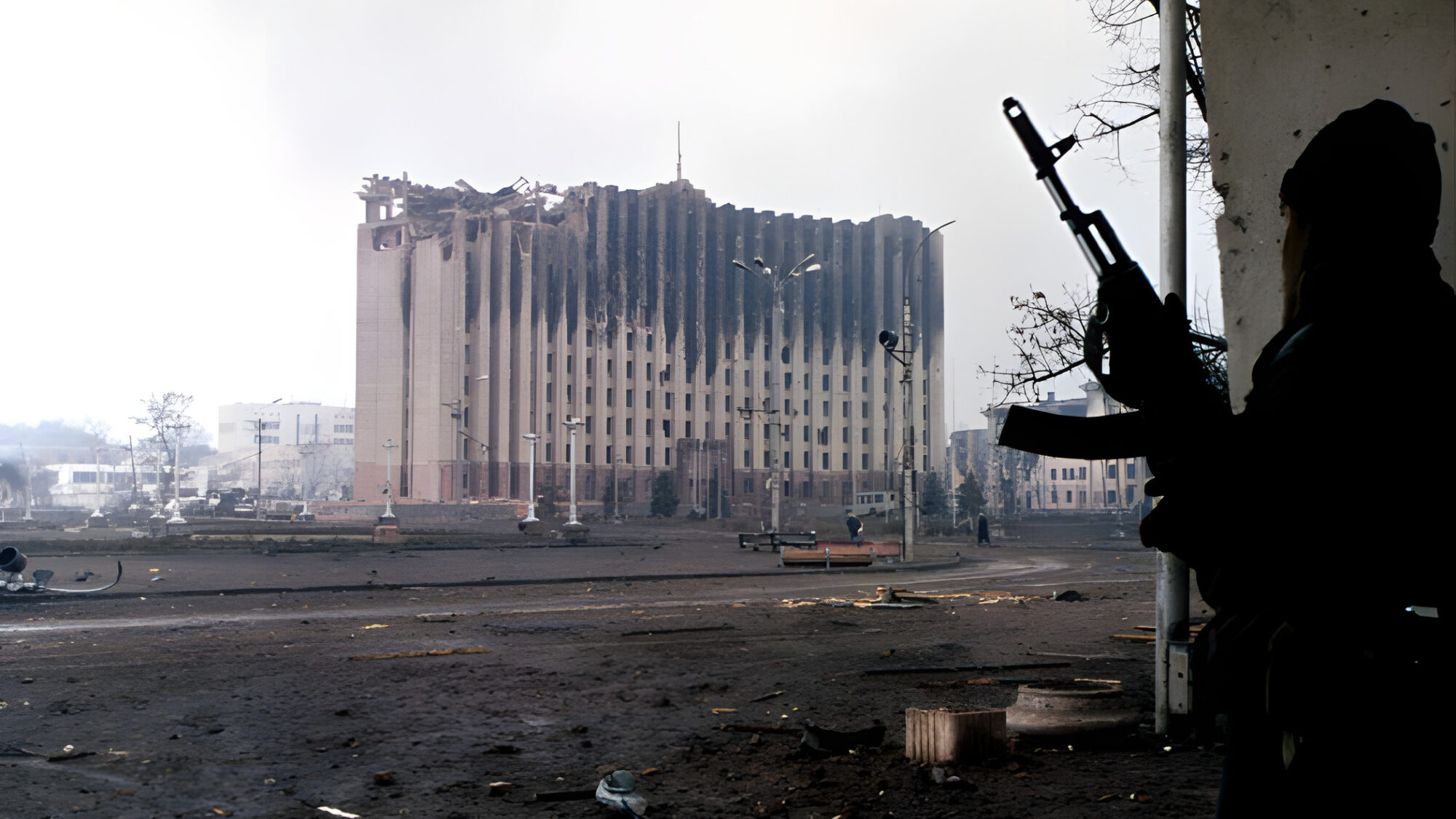
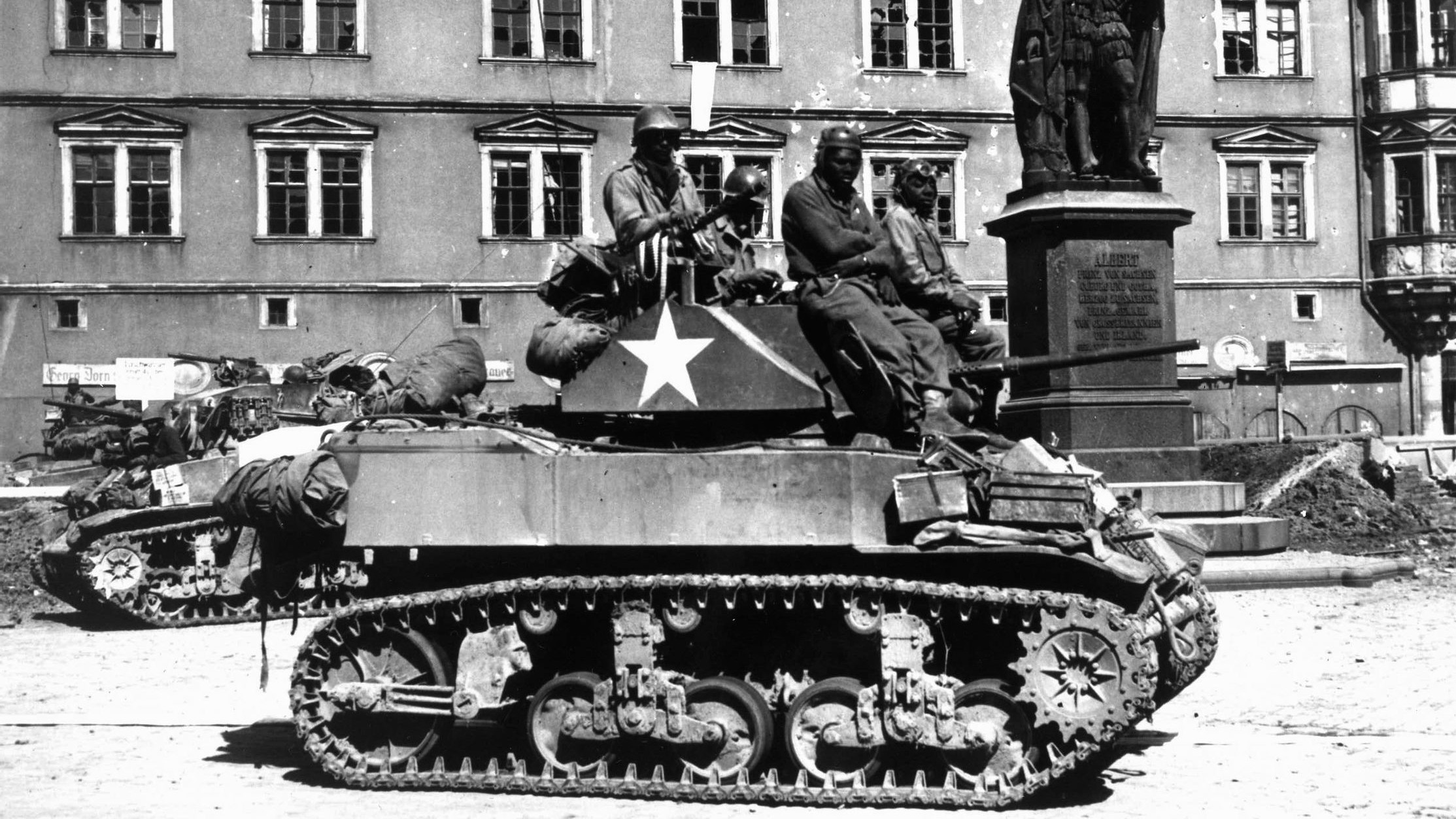
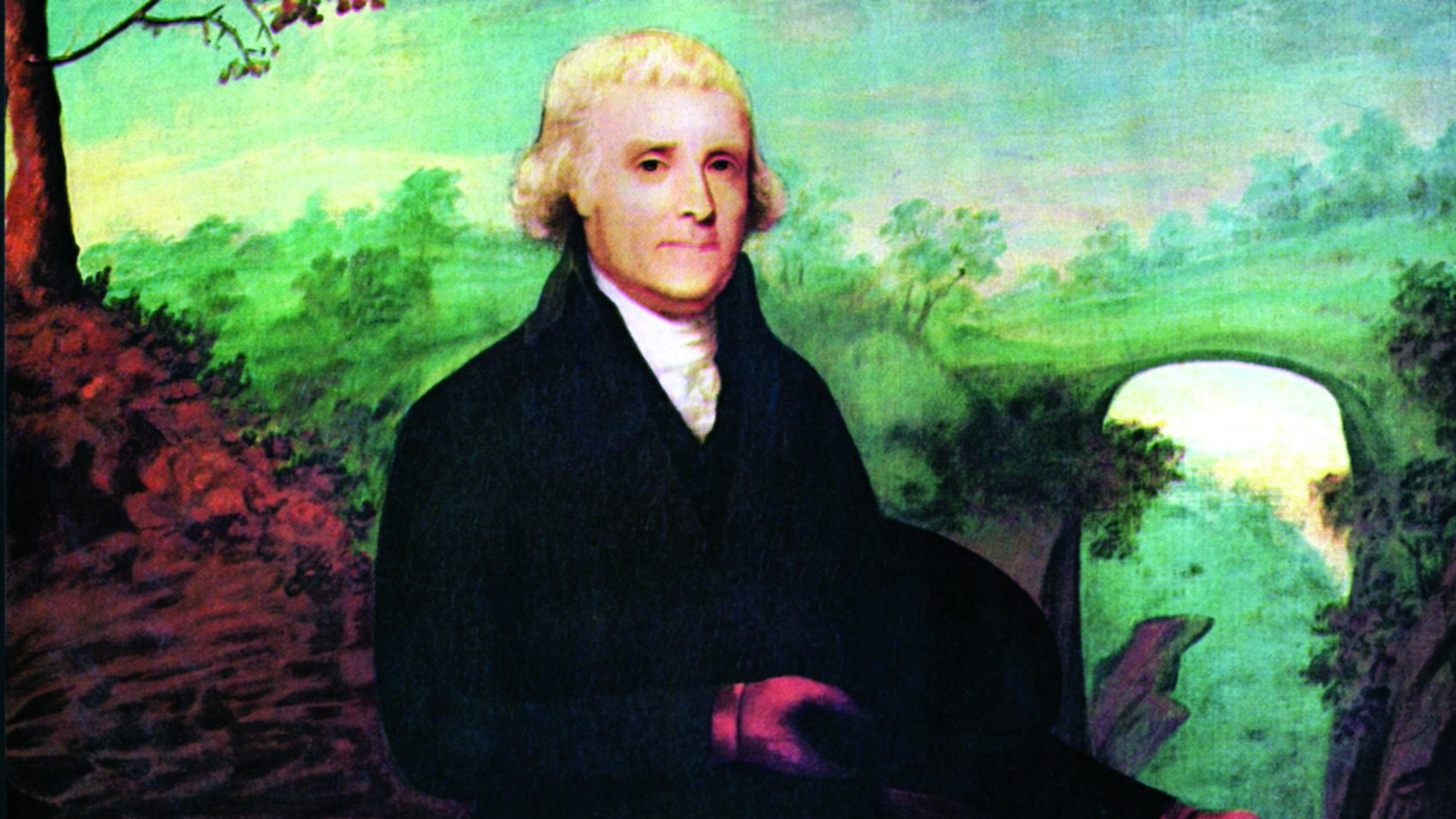
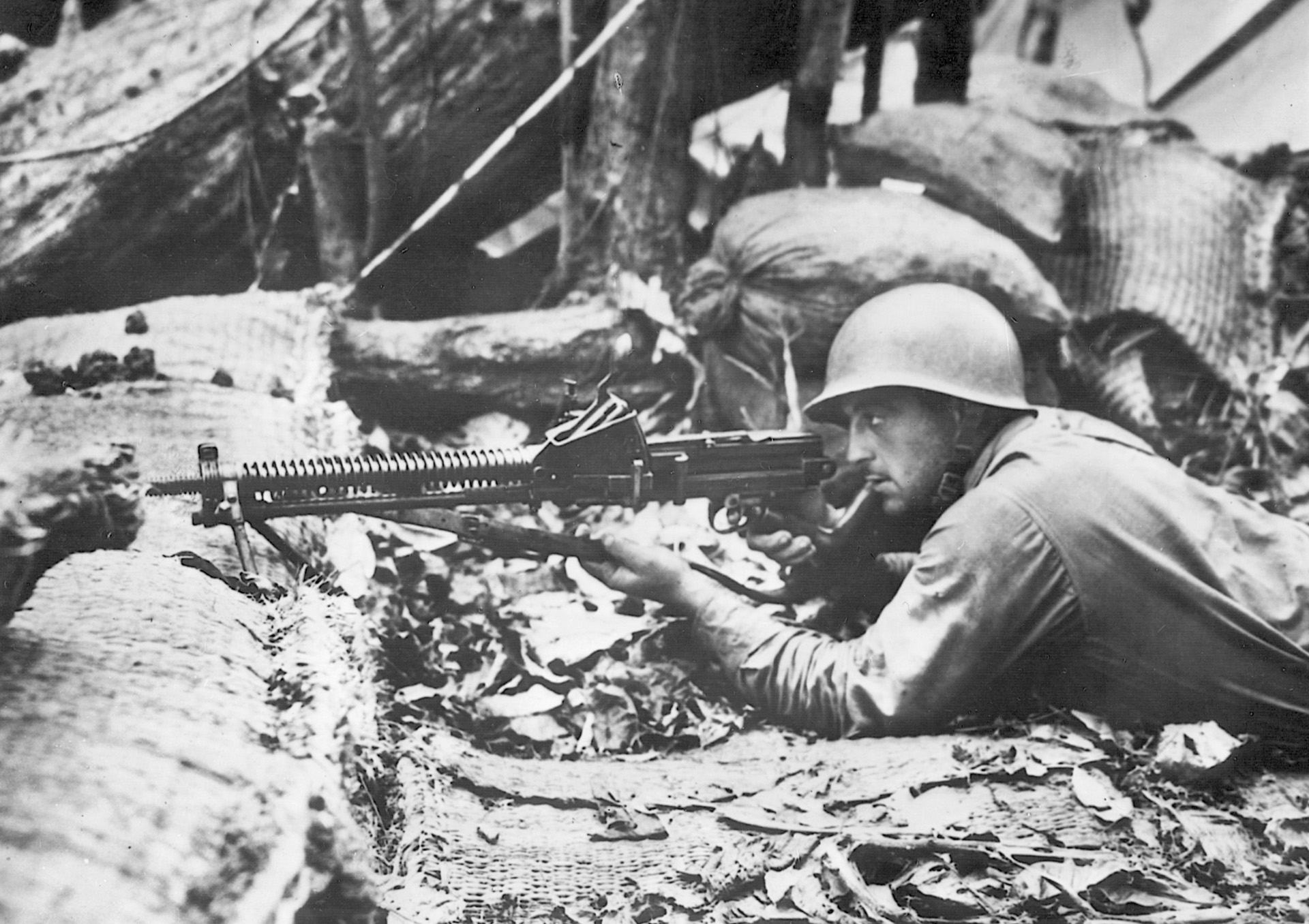
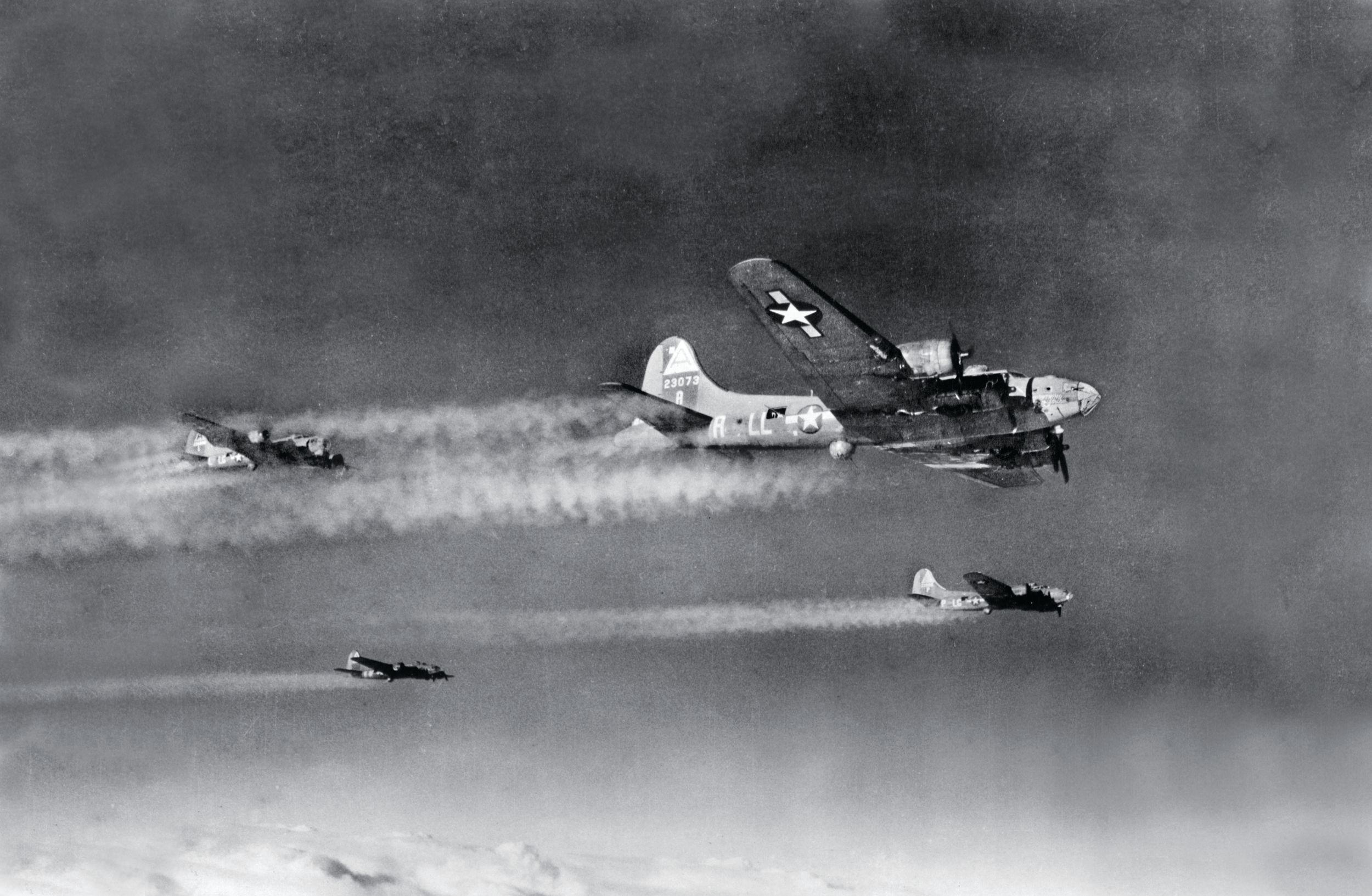
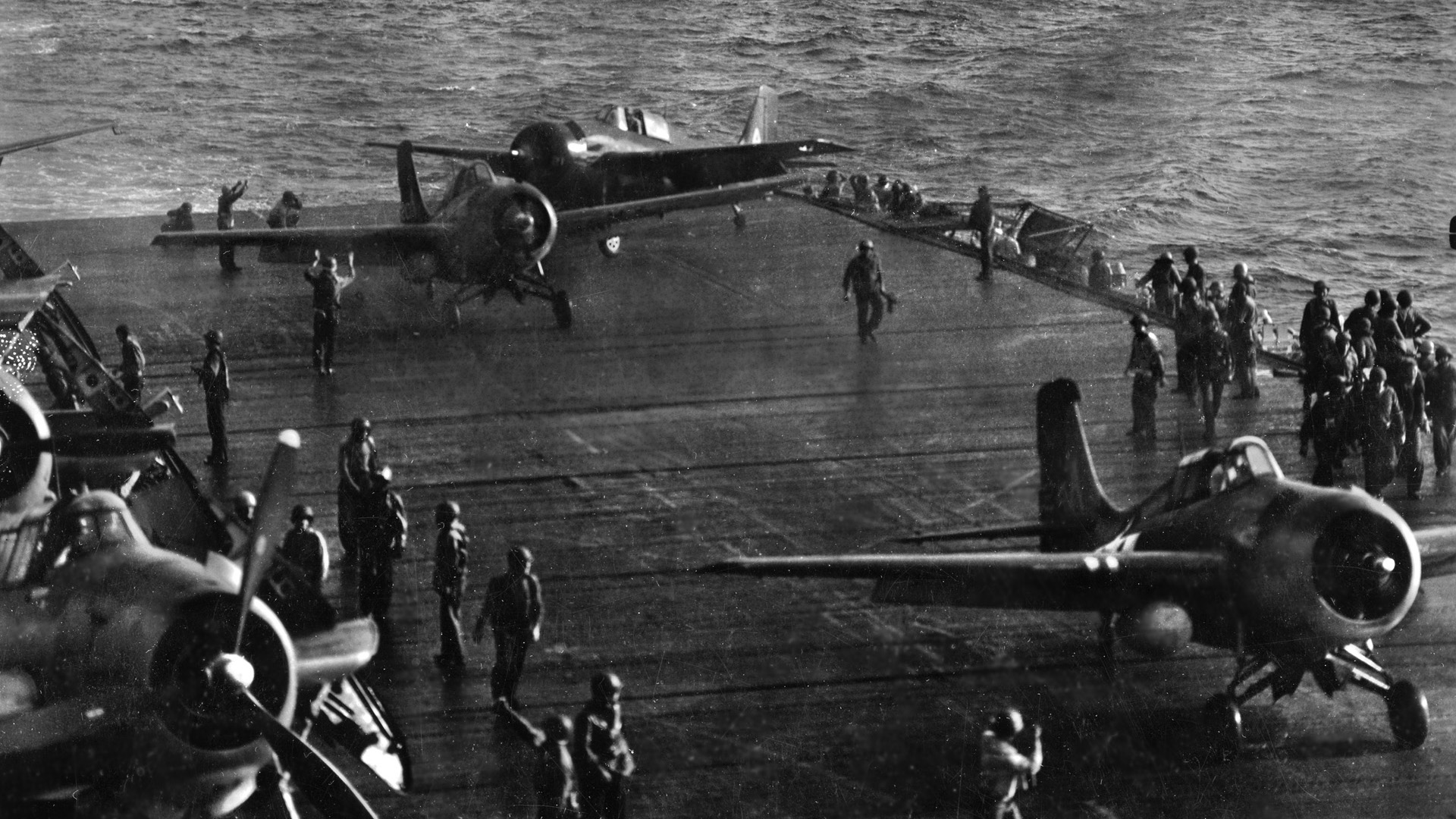
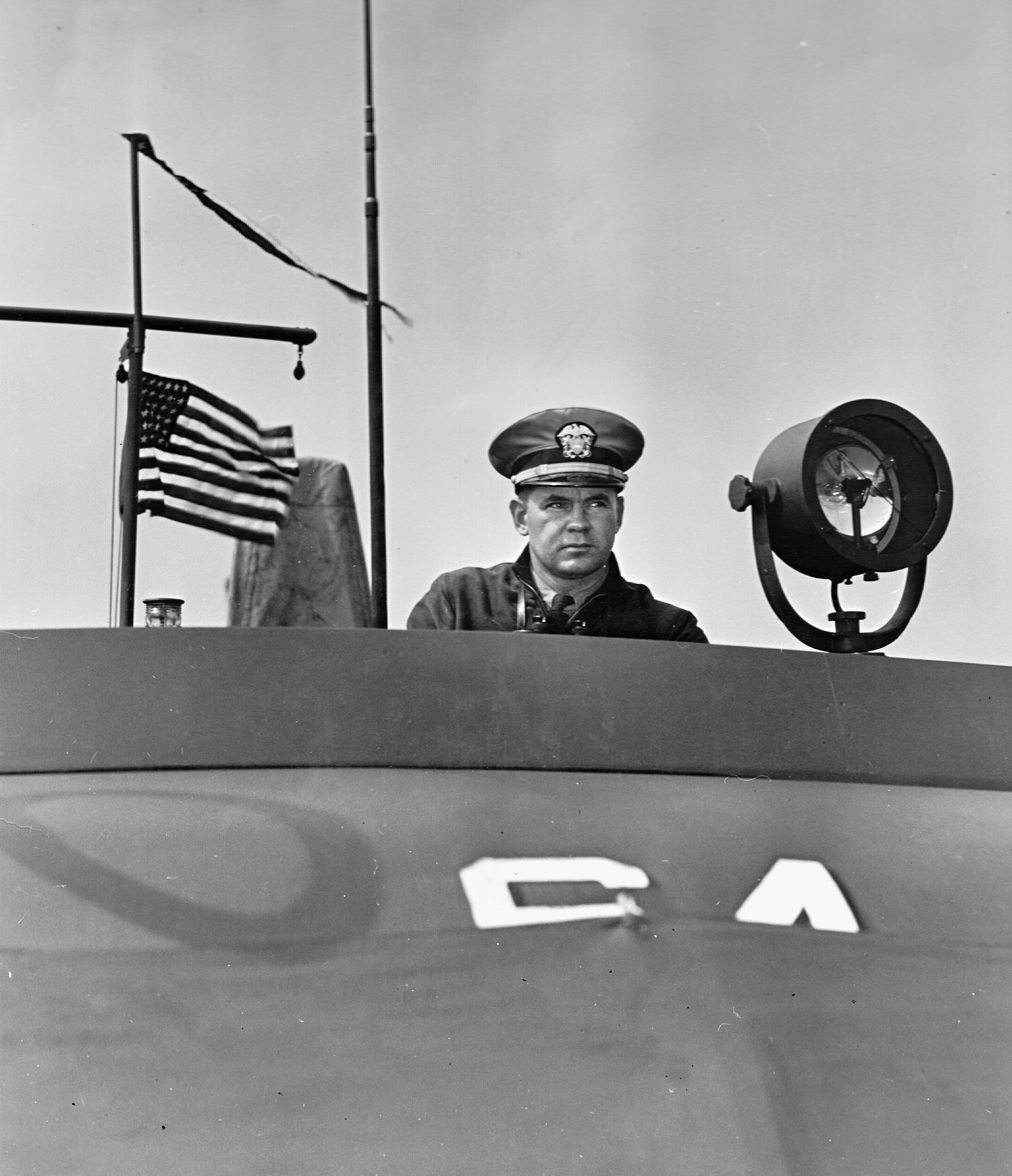
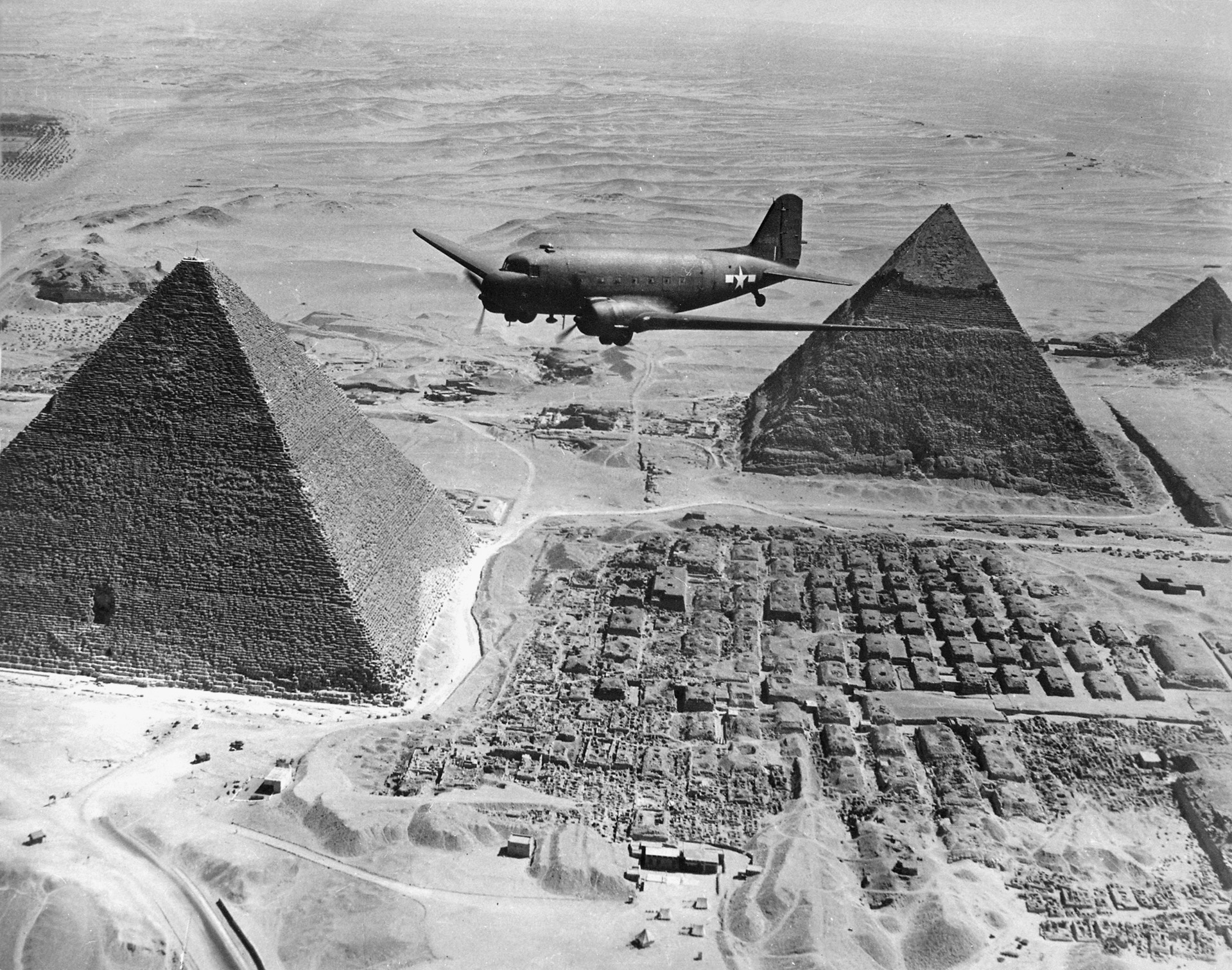
Join The Conversation
Comments
View All Comments